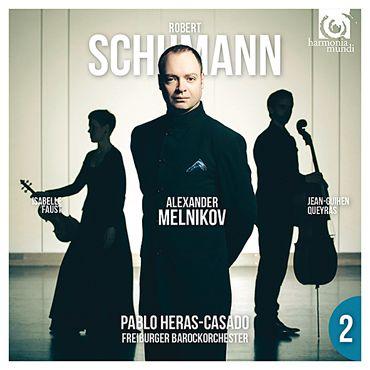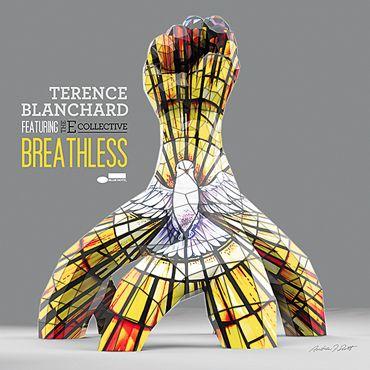LATEST ADDITIONS
|
Mar 11, 2016
|
Mar 11, 2016
|
Mar 11, 2016
|
Feb 12, 2016













